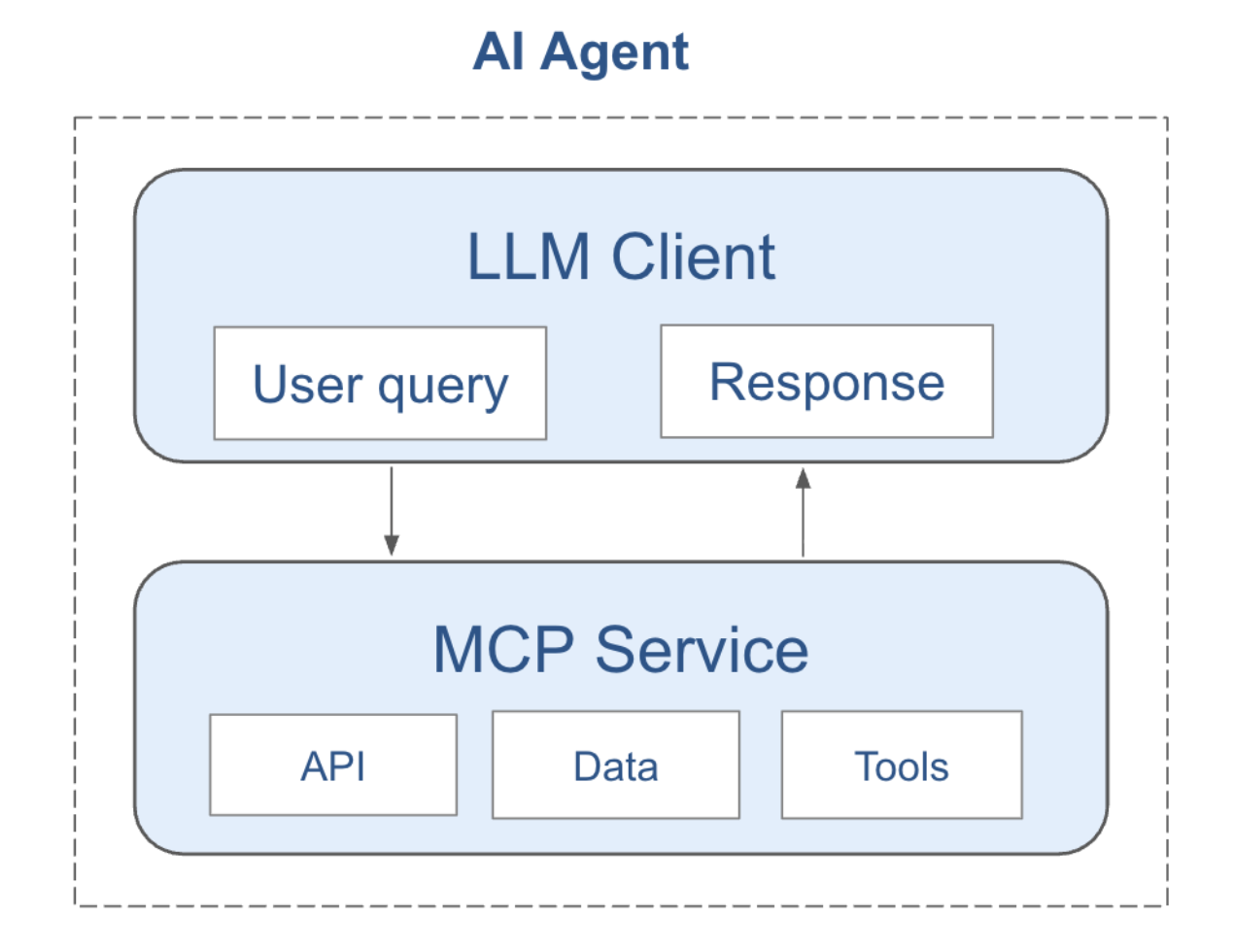
October 15, 2023
October 15, 2023
Winter outlook for 2023: the US and European energy challenges

With the onset of fall, we are all reminded that winter is not far behind and with it the potential for cold and snow for the northern half of the country. The outlook is of particular interest this year because of the disruption of gas supplies in Europe by the Russian war on Ukraine. There is strong competition for liquified natural gas (LNG) which has become particularly important for heating and electrical power generation in both the US Northeast and in Europe. Natural gas has become the main fuel for electricity generation in New England as coal, nuclear and oil-fired power stations have been decommissioned over the last decade. The lack of a new pipeline to bring low-cost fracked gas from Pennsylvania has led to a greater dependence on costlier liquified natural gas, brought in by ships from the Gulf of Mexico. The problem is also aggravated by blockage of proposed transmission lines from hydro power stations in Canada and delays in the construction of offshore wind farms. Higher gas and electricity bills are a certainty in the Northeast this winter, caused in part by “not in my backyard” opposition to infrastructure projects.
So how cold will it be? Fortunately, the long-range forecasts look to be for above normal winter temperatures for much of the lower 48 and Europe as well. Figure 1 below shows the forecasted temperature anomalies from climatology for the months of January, February and March of 2023 in North America, for Salient’s AI model (Fig.1.a), the ECMWF model (Fig. 1.b) and NOAA (Fig 1.c).



While the NOAA forecast restricts above normal temperatures to the Southeast and Southwest, ECMWF and the Salient AI model agree that most of the US will see above normal temperatures throughout the JFM time span. In the past, ECMWF has had the better track record than NOAA, and our AI model tends to agree for the bulk of the US in general. The one difference is in Maine, where we have it cooler than average, except at the coast.
We are inclined to go with the cooler Maine forecast. It is possible that a phenomenon known as blocking will set up for a several days to a week and slow the normal west to east progression of weather systems. If weather systems keep moving then any one wind direction does not have time to dramatically change the local temperature. However, if the arrangements of high and low pressure systems lock into a particular pattern for more than a few days, then an extreme temperature could be realized. That is, if northwest winds persist over Maine for a week, they can advect colder air from Canada, creating an acute cold snap and bring down the season average temperature. Such blocking seems to be increasingly common as the planet warms. We have recently seen how hurricane/extra-tropical storm Ian was very slow to move eastward, when it lingered off the US coast for nearly a week while soaking southern New England and the Mid-Atlantic states with heavy rainfall. So similar blocking behavior may occur this winter, leading to a few cold snaps in various parts of the country that will be counterbalanced by generally warmer than average temperatures, except in Maine where they will be severe enough to bring down the season average.
Europe:
The demand for natural gas in Europe this winter is of great concern because of the cut-off of supplies from Russia, due to its war on Ukraine. Fortunately, the weather outlook for the coming winter in Europe is also on the warm side in both the Salient and ECMWF forecasts (Figure 2.a, 2.b). While a warmer than normal average winter temperature may be good news, the timing of any cold snaps could be crucial. That is, assuming adequate supplies of LNG have been stockpiled at the start of winter, a few severe cold snaps in January might deplete supplies in some areas to cause shortages later on in the season. So while we hope that an overall mild season alleviates some of the pressure on Europe’s energy supply this winter, much will depend on the timing and severity of short duration cold-air outbreaks. Those can be better anticipated weeks ahead, not months, so our weekly updated outlooks for weeks 2-5 should be particularly useful.


Salient can translate these long-range temperature forecasts into heating degree days, allowing any utility operator to better anticipate the future need for electrical power and heating fuel in their service area. Contact us if you want to better manage your resources. And do watch this space for the ski outlook for winter 2023, so you can better plan your winter vacation.
October 15, 2023
October 15, 2023
Winter outlook for 2023: the US and European energy challenges

With the onset of fall, we are all reminded that winter is not far behind and with it the potential for cold and snow for the northern half of the country. The outlook is of particular interest this year because of the disruption of gas supplies in Europe by the Russian war on Ukraine. There is strong competition for liquified natural gas (LNG) which has become particularly important for heating and electrical power generation in both the US Northeast and in Europe. Natural gas has become the main fuel for electricity generation in New England as coal, nuclear and oil-fired power stations have been decommissioned over the last decade. The lack of a new pipeline to bring low-cost fracked gas from Pennsylvania has led to a greater dependence on costlier liquified natural gas, brought in by ships from the Gulf of Mexico. The problem is also aggravated by blockage of proposed transmission lines from hydro power stations in Canada and delays in the construction of offshore wind farms. Higher gas and electricity bills are a certainty in the Northeast this winter, caused in part by “not in my backyard” opposition to infrastructure projects.
So how cold will it be? Fortunately, the long-range forecasts look to be for above normal winter temperatures for much of the lower 48 and Europe as well. Figure 1 below shows the forecasted temperature anomalies from climatology for the months of January, February and March of 2023 in North America, for Salient’s AI model (Fig.1.a), the ECMWF model (Fig. 1.b) and NOAA (Fig 1.c).



While the NOAA forecast restricts above normal temperatures to the Southeast and Southwest, ECMWF and the Salient AI model agree that most of the US will see above normal temperatures throughout the JFM time span. In the past, ECMWF has had the better track record than NOAA, and our AI model tends to agree for the bulk of the US in general. The one difference is in Maine, where we have it cooler than average, except at the coast.
We are inclined to go with the cooler Maine forecast. It is possible that a phenomenon known as blocking will set up for a several days to a week and slow the normal west to east progression of weather systems. If weather systems keep moving then any one wind direction does not have time to dramatically change the local temperature. However, if the arrangements of high and low pressure systems lock into a particular pattern for more than a few days, then an extreme temperature could be realized. That is, if northwest winds persist over Maine for a week, they can advect colder air from Canada, creating an acute cold snap and bring down the season average temperature. Such blocking seems to be increasingly common as the planet warms. We have recently seen how hurricane/extra-tropical storm Ian was very slow to move eastward, when it lingered off the US coast for nearly a week while soaking southern New England and the Mid-Atlantic states with heavy rainfall. So similar blocking behavior may occur this winter, leading to a few cold snaps in various parts of the country that will be counterbalanced by generally warmer than average temperatures, except in Maine where they will be severe enough to bring down the season average.
Europe:
The demand for natural gas in Europe this winter is of great concern because of the cut-off of supplies from Russia, due to its war on Ukraine. Fortunately, the weather outlook for the coming winter in Europe is also on the warm side in both the Salient and ECMWF forecasts (Figure 2.a, 2.b). While a warmer than normal average winter temperature may be good news, the timing of any cold snaps could be crucial. That is, assuming adequate supplies of LNG have been stockpiled at the start of winter, a few severe cold snaps in January might deplete supplies in some areas to cause shortages later on in the season. So while we hope that an overall mild season alleviates some of the pressure on Europe’s energy supply this winter, much will depend on the timing and severity of short duration cold-air outbreaks. Those can be better anticipated weeks ahead, not months, so our weekly updated outlooks for weeks 2-5 should be particularly useful.


Salient can translate these long-range temperature forecasts into heating degree days, allowing any utility operator to better anticipate the future need for electrical power and heating fuel in their service area. Contact us if you want to better manage your resources. And do watch this space for the ski outlook for winter 2023, so you can better plan your winter vacation.
About Salient
Salient combines ocean and land-surface data with machine learning and climate expertise to deliver accurate and reliable subseasonal-to-seasonal weather forecasts and industry insights—two to 52 weeks in advance. Bringing together leading experts in physical oceanography, climatology and the global water cycle, machine learning, and AI, Salient helps enterprise clients improve resiliency, increase preparedness, and make better decisions in the face of a rapidly changing climate. Learn more at www.salientpredictions.com and follow on LinkedIn and X.



